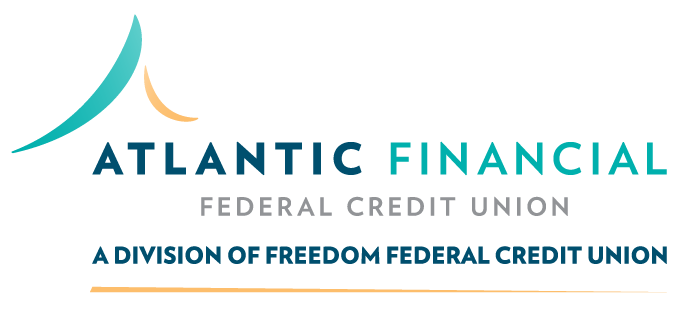How to handle pay cuts or reduced hours at work

A change in your income is fine when it’s in your favor. On the other hand, when the amount you receive in your paycheck suddenly drops because of a change in your employment situation, it can be disastrous for your budget and your ability to maintain financial stability. If you don’t make some adjustments and the income drop continues, you’re likely to take risky financial actions like dipping into your savings or using credit to cover your expenses. All of this has a high potential to end in financial distress.
Step No. 1: Immediately cut discretionary expenses
Discretionary expenses are anything that’s not a necessity in your budget, and they are the first things that should go when you have a decrease in your monthly income. You may not need to cut absolutely everything, but it’s better to err on the side of caution. Cut anything that you do not absolutely need immediately after you aware that your hours or pay will be cut.
- Review all paid services and evaluate if it is possible to cut back or if you need them at all. This includes your cable or satellite service, mobile plan, movie/music streaming service, gaming accounts, specialty delivery services (i.e., food or coffee), magazine subscriptions, gym memberships, etc. If you do not need them, cancel. For necessary services like cellular, cut back to the bare minimum. You can always add services back once you get comfortable with your new income level.
- Do not splurge. Eliminate things like dining out, trips to the coffee shop, extra visits to the salon, and weekly visits to the mall. You should also avoid shopping online since targeted advertising makes it all too easy to impulse shop.
As you get comfortable with your reduced paycheck amount, you can begin to add these expenses back into your spending. Do so slowly to ensure your budget can handle the extra costs without slipping into the red.
Step No. 2: Make a plan for restoring your earning power
Adjusting your budget is a necessary short-term solution, but you will not be happy living on a bare-bones budget indefinitely. First, assess how likely your current employer is to reinstate your previous income level or restore the hours taken from your schedule.
If the answer is they are not likely to do either, or you expect it will take an unspecified amount of time to happen, then it is time to move on. Get your resume together and start looking for another position.
On the other hand, if the change is only temporary and you are willing to stick it out, then you should explore options for supplementing your income.
Consider a part-time or second job. If it is available in your career field do some consulting or freelance work. Also, consider employment opportunities for other members of your household to help out and fill the gap.
Step No. 3: Consider a tax withholding adjustment
Tax withholding is the amount of money that is taken from every paycheck in order to cover federal (and possibly state) income taxes. The amount withheld approximates what you should owe to the government on April 15 (now extended to July 15, 2020).
However, when your withholding is too high, it means the government is taking more money from every paycheck than required, which is why you get a refund. A refund is the government giving the money back because you were overcharged.
Decreasing your tax withholding means bring home more money per paycheck. This may help offset your loss of income. Your refund next year may not be as big but when withholding is done correctly you break even, do not have to pay and have more money available every month.
Step No. 4: Explore debt consolidation
While cutting discretionary expenses is the first step on the path, depending on your lifestyle those cuts may not be enough to balance your budget at your new lower income level.
In this case, debt consolidation can prove invaluable. It may provide a way to lower your total monthly payments depending on the nature of your current debt load and which consolidation options you are eligible to use.
Carrying balances that are high relative to their credit lines on high interest credit cards, costs you money over time. The interest charges add up, especially when you have big balances that carry over month to month.
You can consolidate those credit cards into one payment using a debt management program that you enroll in through a credit counseling agency. On average, this program may lower your total monthly payments by 30-50% while rolling all your debts into one easy payment every month. You still pay off your debt in-full, you just do it in a way that is more manageable on your limited budget.
If you have federal student loans, you may also want to consider options for student loan consolidation. Some programs may offer the same advantages of simplifying your monthly payment schedule into one bill while lowering your total payments. Just keep in mind that you have to pursue student loan consolidation and credit card debt consolidation separately – i.e. you can consolidate both types of debt, but you cannot consolidate them together.
Need help?
If you are uncertain about which options might work best for you, or how to put a plan into action, give AFFCU or the free financial coaches at KOFE a call. The call is free and confidential. The coach will review your situation and provide recommendations to improve your financial state of affairs.
Call our dedicated toll free number 1-844-325-8012 or book an appointment online through our KOFE portal.
